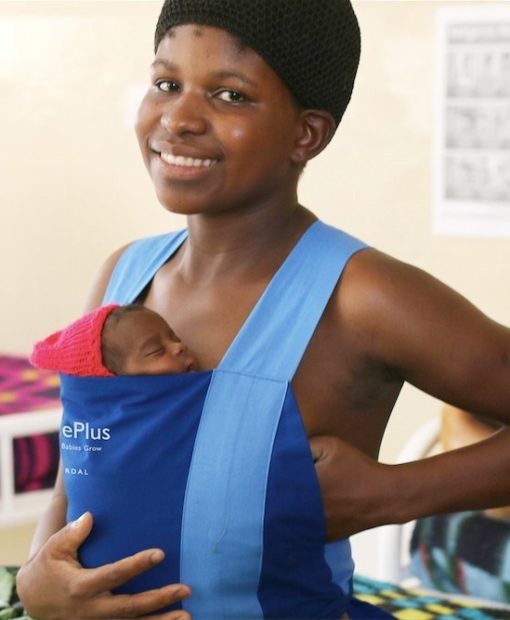Teen Birth Rate Hits Record Low
Less sex, more contraception is the ‘magic’ formula, experts say

Teen Birth Rate Hits Record Low
By Steven Reinberg
HealthDay Reporter
The teen birth rate in the U.S. reached a record low last year, continuing a dramatic two-decade decline, federal health officials reported Wednesday.
The then-historic low achieved in 2014 was surpassed in 2015, with the overall birth rate for 15- to 19-year-olds falling another 8 percent, according to the U.S. Centers for Disease Control and Prevention. The current rate — 22.3 births per 1,000 females — represents a 64 percent falloff in teen motherhood since 1991, health officials noted. Record lows were reported for minorities and whites.
Among younger teens — girls 15 to 17 — the birth rate has fallen 74 percent from 1991, the CDC said. “There is a phenomenal decline in teen births we see across the board — it’s just really amazing,” said lead researcher Brady Hamilton, from the CDC’s National Center for Health Statistics (NCHS).
Despite these successes, however, the birth rate for American teens is still higher than in other developed nations. Also, racial disparities in birth rates still exist, the CDC noted. Still, this is one of the nation’s great success stories of the past two decades, said Bill Albert, chief program officer at the National Campaign to Prevent Teen and Unplanned Pregnancy. “It’s a lot of progress on an issue that many considered quite intractable,” he said.
“We are seeing a cultural change,” he added. “It’s this magic combination of less sex and more contraception.”
In particular, more teens use long-acting, low-maintenance contraceptives, such as IUDs and implants, he pointed out. These methods are recommended for teens by the American Academy of Pediatrics. Teen pregnancy prevention programs and sex education have also played a role, Albert said. And some credit goes to MTV, he added, citing two shows in particular, “16 and Pregnant” and “Teen Mom.” “They have been watched by tens of millions of teenagers. Teens tell us these shows are more sobering than salacious. They make the challenges of parenting quite real to them — almost sex education for the 21st century,” he said.
Another expert added that teens are better informed about contraception today. “Teens are more aware of the contraceptive options available — the word is getting out,” said Dr. Loretta Duggan, an adolescent medicine fellow at Nicklaus Children’s Hospital in Miami. In addition, wider insurance coverage and Medicaid expansions have improved access to care, she said.
Peer pressure probably comes into play as well. “There is a virtuous cycle at work here, too,” Albert said. “Teens who think their friends are having sex are more likely to have sex themselves, and teens who know that their friends are using contraception are more likely to use it themselves,” he added. According to the report, teens aged 18 to 19 achieved a 7 percent decline in births since 2014 — dropping to 41 births per 1,000 in 2015. The total decline since 1991 for these older teens was 57 percent.
Categorized by race and ethnicity, births to 15- to 19-year-olds fell 10 percent for Asian or Pacific Islanders, 9 percent for blacks, 8 percent for whites and Hispanics, and 6 percent for American Indians or Alaska Natives. The greatest declines since 2007 have been seen for Hispanics, the report said.
The report was published in the September issue of the CDC’s NCHS Data Brief.
More information
For more on teen contraception, visit the American College of Obstetricians and Gynecologists.
SOURCES: Brady Hamilton, Ph.D., National Center for Health Statistics (NCHS), U.S. Centers for Disease Control and Prevention; Bill Albert, chief program officer, National Campaign to Prevent Teen and Unplanned Pregnancy; Loretta Duggan, M.D., adolescent medicine fellow, Nicklaus Children’s Hospital, Miami

 September 29, 2016
September 29, 2016




 June 26, 2017
June 26, 2017 



